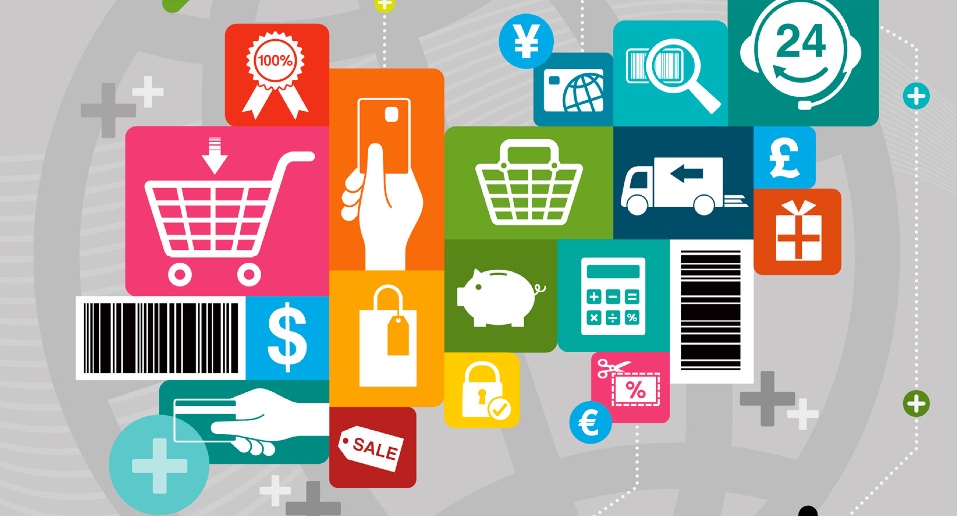
In my final post in this series on intelligent CPQ, it’s important to point out pricing behaviors are changing and they are changing fast. “Cost plus” or “List less” pricing is no longer enough for many companies. The approaches are too static.
The sales or channel partner teams usually uses some form of discount to reduce prices and that likely means an approval is required before the quote can be generated. This can add sometimes considerable amounts of time to the turn-around of the quote which is a problem because the first quote the customer receives typically has the best chances for success.
Instead, the sales team and channel partners are better served when they have more dynamic information at the time they configure and price a product. Dynamic information here could be something like available stock levels, competitor prices or ideal price for this customer, in this geography, for this product.
This can also be translated into having the right product, at the right price, for the right customer, at the right time. Since customers (B2C) and buyers (B2B) alike are more educated and impatient than ever before, it is important to get this right the first time. Before you can get it right, it is important to first define a pricing strategy for every Route-to-Market (including direct sales, channel and eCommerce). A pricing strategy should include business and financial goals like maximizing margins, gaining market share, beating competitor offerings or increasing sales volume. Note that setting these goals needs to happen before a CPQ solution is selected or implemented.
Currently, there are 100+ CPQ solutions available in the market and they all vary in focus on areas of Product Configuration – what is product configuration, you might ask? It’s a key part of CPQ that deals with tailoring a product to meet specific customer needs – as well as Price and Quote. Some CPQ solutions have very capable Product Configurators that can support the selling and manufacturing of very complex products. Others have great capabilities for preparing quotes and tracking what customers do with these quotes once they receive them. Then there is a group that offers advanced pricing capabilities. It is interesting to note that out of the 100+ CPQ solutions, less than 10 actually provide “advanced” pricing capabilities, which were described in my previous post on price optimization.
Your challenge is to find a solution that is strong in all areas: Product Configuration, Pricing, Quoting, Workflow and potentially more.
Pricing Solutions and CPQ will converge
While there is always the option to rely on a stand-alone Pricing/Big Data/Data Analytics solution, the expectation is CPQ will converge with those capabilities in the future because all are needed when the product is build and priced. They also allow a customer to only deal with one solution provider instead of two.
While advanced pricing capabilities are not commonly found in CPQ solutions just yet, there is a trend toward having more advanced pricing capabilities in CPQ. The latest example of this is the Vendavo acquisition of Endeavor CPQ. Instead of trying to integrate the two different software packages, the functionality is now included in one solution which is Vendavo CPQ.
Basic CPQ
When considering a CPQ solution, here are 5 basic pricing capabilities to consider: (The importance you place on them individually will vary by industry.)
- Multi-currency – Your CPQ solution, when used in multiple countries, must support multiple currencies.
- Renewals – You should rely on your CPQ solution to find the right price for a product previously sold. This is important for a renewal quote.
- Volume/Value discounts – CPQ can also be used to support discounts based on volume or value, often referred to as “scales.”
- Rebates – CPQ should help you handle retroactive discounts in both the planning proposal stage as well as over time. This will help you measure the effectiveness of various incentive programs.
- Price must not be linked to a product number – It is important to note that pricing in CPQ must not always be 1 to 1 related to a product number but can instead be tied to product features or attributes.
- Here’s an example: A laptop offers various RAM Memory options. The “Memory” product feature offers the following product feature values as 4GB, 8GB and 16GB. The user can select one feature value (example 8GB Memory) while the materials (8GB = A008, 4GB = A004, 2GB = A002) that are selected for every feature value can be different. 8GB could be 1 x A008 or 2 x A004 or 4 x A002 and so forth.
Advanced CPQ
While some industries are already very familiar and successful with advanced, dynamic pricing like airlines, rental cars, hotels and event scheduling, others are gaining interest because they too see an opportunity to improve their margins.
While this doesn’t apply to every customer in every industry, this is expected to become part of the new CPQ standard functionality. Even if customers don’t need it right from the start they will request it so they can use these advanced pricing capabilities in the future.
For more advanced solutions, here are 4 principles to follow:
- Don’t misjudge the needs of your sales team. While there are many exciting opportunities with AI and advanced pricing capabilities there are also some potential pitfalls. For example, sales teams may become so reliant on the price guidance in the tools, they don’t check for prices themselves anymore. On the other hand, they may decide not to use any price guidance because it could be used against them. Example: A sales rep saw a price that was considered optimal by an advanced pricing capability but then didn’t accept it. Not following the price guidance could be recorded in the system and used against him/her in a performance review. These and other similar issues must be addressed outside of a CPQ system.
- User experience is changing. Most of us use Natural Language Processing (NLP) like Siri or Alexa on various devices. So it is reasonable to expect that the CPQ user experience will need to be adjusted to account for pricing guidance via NLP. An example here is a CPQ user (sales rep, channel partner or eCommerce) states a price she is willing to pay and then receives product guidance based on her price criteria.
- Predicting outcomes is important. An example here is the Quote Win Rate or Quote Win Probability. The likelihood of winning a quote is in many cases tied to the price. If a sales rep sees the likelihood of winning a quote, this can help her to find a better price that produces a higher likelihood of her winning the quote while still ensuring the quote is profitable
- Consider supporting hybrid experiences. A hybrid experience, or trying different sales channels, is what many customers do today. For example:
- John Doe investigates various TVs online. He is checking the TV manufacturer site (e.g. Samsung) and numerous channel partner sites (e.g. Best Buy) Sales Channel = ecommerce website
- Based on the information online (e.g. size, resolution, price) he goes to the local Best Buy store to compare the TVs for himself. He finds TV #2 to be the best but notices that the price in the store is higher than online. Sales Channel = Best Buy Store (Channel Partner)
- John Doe orders online
Your goal here is to guide your buyer in their buying experience with price and product availability.
While advanced pricing capabilities are not a critical part of many CPQ solutions today, they will become increasingly popular because they have the potential to improve a company’s margin.
Editor’s Note: This is the fourth and final post in our series on intelligent CPQ. Read the others here:
- Part 1: What is Intelligent CPQ and Why Should You Care?
- Part 2: 4 Steps to Price Optimization
- Part 3: How to Integrate CPQ with ERP and CRM
- Learn more about Vendavo ICPQ here
